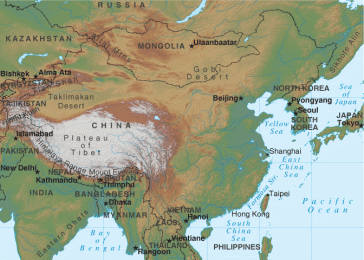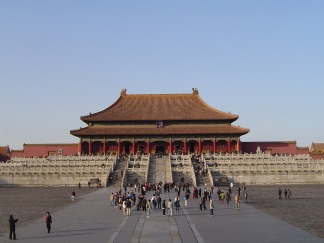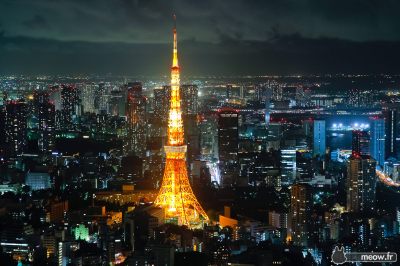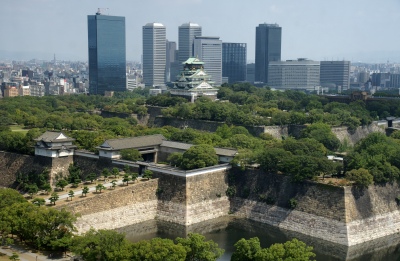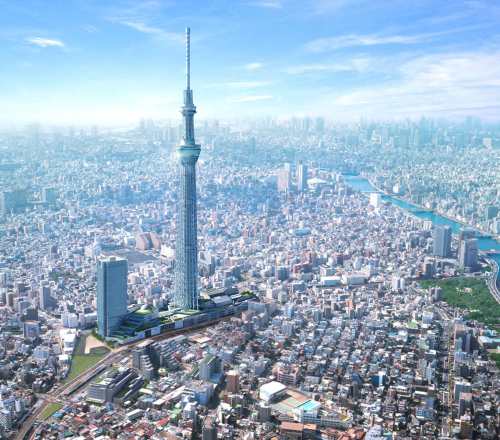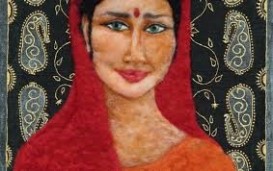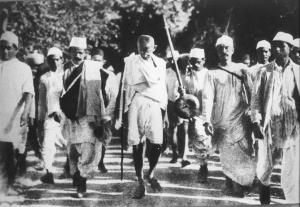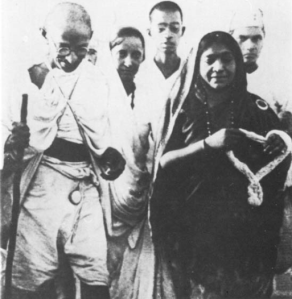In celebration of South Asian Heritage Month in Canada and Asian Pacific American Heritage Month in the United States, I will briefly discuss a hero of mine.
When people think of nonviolent freedom fighters throughout history, their minds rightfully race to people like Martin Luther King Jr, Nelson Mandela, or Mahatma Gandhi. However, a name that is consistently left off this list, which may even deserve to be placed first, is Aung San Suu Kyi. May 6 is the anniversary of President George W. Bush signing legislation conferring the Congressional Gold Medal to Suu Kyi. A small and unimposing woman in a nation that does not praise strong women, Suu Kyi rose up to fight for her people. For two decades, she was a political prisoner in country that brutally oppressed its people, utilized forced labor camps, used rape as a means of control, and forced its citizens into a perpetual state of destitution.

Aung San Suu Kyi was born to a Burmese General Aung San, one of the founders of modern Myanmar, who was assassinated two years after Suu Kyi’s birth. When her mother became the ambassador to India, teenaged Suu Kyi moved with her to India. After graduation she enrolled at Oxford University in 1964, where she eventually met her future husband, Michael Aris. They were married in 1972. Suu Kyi was considered by many to be a stereotypical housewife and an adoring mother, to the dismay of her numerous feminist-leaning friends, and their first child was born the following year. In 1988, Suu Kyi received a phone call that her mother was in the hospital after suffering a stroke. Without hesitation, she rushed to her ailing mother. That experience was what led her to become a peaceful revolutionary.
While staying at the hospital with her mother, Aung San Suu Kyi met numerous students, monks, and other protesters who were shot during a political demonstration. Suu Kyi knew she needed to fight for her country, but in a nonviolent way — a confrontation of peace. As a child of a political and military hero, she felt that she had the clout to force the military to back down on the violent reprisals against peaceful demonstrations. In front of a reported crowd of 500,000, she delivered her first public address espousing Buddhist values with the principles of Gandhi. Sadly, less than two months after her speech, the military crushed a protest and killed several hundred people. At this time, Suu Kyi realized she would have to sacrifice her life and family for her country.
 Unlike most political prisoners, Suu Kyi could have left Burma at any time; the military junta would have even helped her leave. This may have been the best possible solution for the military junta, because execution of the daughter of a national hero could cause an uprising that would be hard to suppress. Her family was only allowed to visit her a few times, which was designed to try to get her to leave, but she and her family held strong to their convictions. This proved to be harder as the first decade of her imprisonment came to an end and Michael, her husband, learned he had prostate cancer. Knowing that his wife would never be allowed back into Myanmar, he sought permission to visit her, but was rejected by the military junta even though Pope John Paul II and President Bill Clinton wrote letters on his behalf. On March 27, 1999, Michael Aris died of complications from prostate cancer and Suu Kyi was never allowed to visit him, illustrating Suu Kyi’s devotion to her nation.
Unlike most political prisoners, Suu Kyi could have left Burma at any time; the military junta would have even helped her leave. This may have been the best possible solution for the military junta, because execution of the daughter of a national hero could cause an uprising that would be hard to suppress. Her family was only allowed to visit her a few times, which was designed to try to get her to leave, but she and her family held strong to their convictions. This proved to be harder as the first decade of her imprisonment came to an end and Michael, her husband, learned he had prostate cancer. Knowing that his wife would never be allowed back into Myanmar, he sought permission to visit her, but was rejected by the military junta even though Pope John Paul II and President Bill Clinton wrote letters on his behalf. On March 27, 1999, Michael Aris died of complications from prostate cancer and Suu Kyi was never allowed to visit him, illustrating Suu Kyi’s devotion to her nation.
While a political prisoner, Suu Kyi’s political party won eighty-two percent of the parliamentary seats in the 1990 election, but the junta refused to recognize the results. Also while detained, Suu Kyi won the Nobel Peace Prize, and the following year she announced that the prize money would be placed in a trust to help establish health and educational services for the Burmese people. Aung San Suu Kyi struggled for her people and felt that a country that is rich in natural resources should spend more than one percent of the national budget on healthcare and education. She also believes that people have the power to change, and to work together for the betterment of the Burmese people. Suu Kyi received the Nobel Peace Prize for these reasons as well as her dedication to nonviolent struggle. With good reason, Suu Kyi distrusts the junta, but has shown some optimism as the current leadership is liberalizing the economy. On November 13, 2010, she was freed from her house arrest and received the first visit from her son in over a decade, a symbolic gesture from the junta on November 23. In total, Suu Kyi spent 15 out of 22 years under house arrest without warrant or trial. In 2012, Suu Kyi successfully ran for political office and the leniency of the new government finally allowed her to receive her Nobel Peace Prize.

Within the twentieth century, the fight for democracy has grown larger than any other time in world history. Imperialism has been overturned and is nearing extinction, and racism and prejudice are halting in numerous nations because people are finally starting to realize that people are really the same regardless of ethnicity and race. Oppression needs to be eliminated, and with willpower and resolve, it will slowly become a thing of the past and something that people will not tolerate. Aung San Suu Kyi is one of the numerous heroes of this cause and she should be praised and upheld as a hero of women and of nonviolent resistance.
References:
Beech, Hannah. “The First Lady of Freedom. (Cover Story).” Time 177.1 (2011): 30-35.
“Daw Aung San Suu Kyi.” New York Times. May 29, 2012.
Frayn, Rebecca. “The Lady’s Destiny.” Newsweek 159.11 (2012): 40-48.
Gluckman, Ron. “Women of Peace.” Newsweek 158.24 (2011): 12-13.
Hookway, James. “Aung San Suu Kyi Steals the Show,” Wall Street Journal, May 31, 2012.
 She had a chance to visit cities
She had a chance to visit cities
 and she loved exploring the public markets
and she loved exploring the public markets but best of all were the people that she met,
but best of all were the people that she met,

